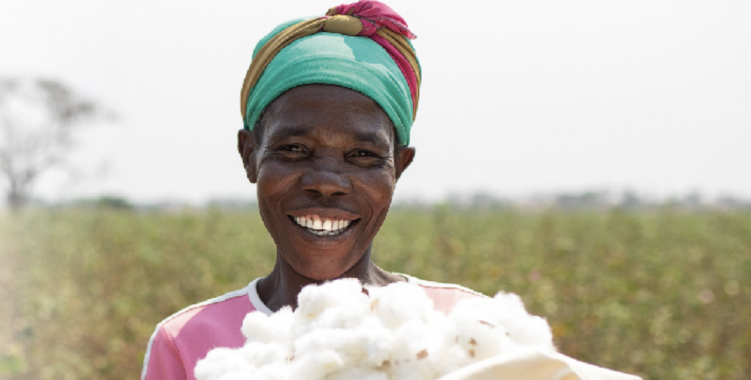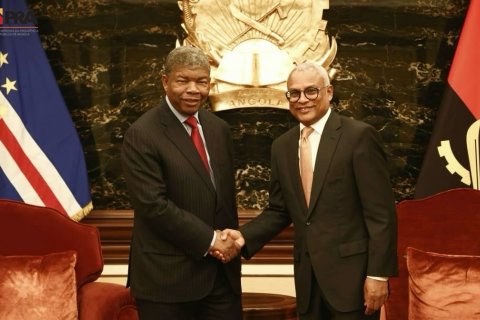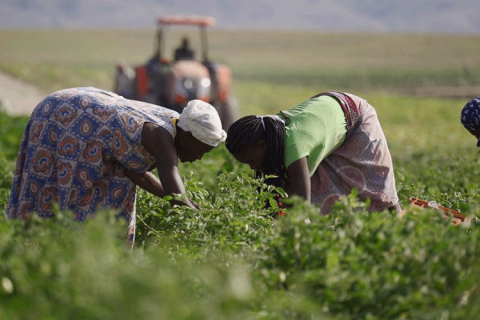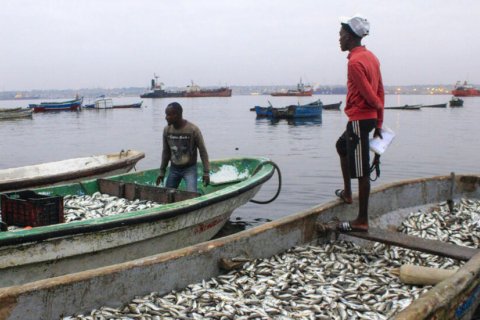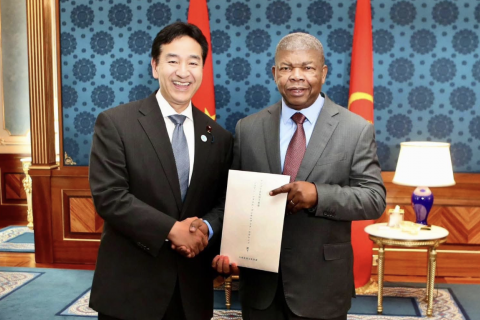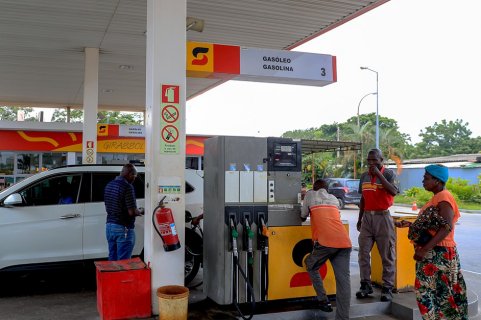According to the person responsible, achieving this purpose is an essential condition to guarantee the full functioning of the textile industry in the country. In this sense, he said that the company has been testing the production of cotton seeds in Baixa de Cassanje (province of Malanje) for three years.
In statements at the meeting between the Minister of Industry and Commerce and operators in the sector, cited by Angop, Jorge Amaral said that cotton is not the factory's only focus. According to the person responsible, the unit will start this year with the production of caustic soda, whose raw material is also used in the manufacture of fabrics, which will strengthen the competitiveness of the country's textile industry.
Regarding import expenses, he reported that the manufacturing unit spent approximately 2.5 million dollars this year to import raw materials, taking into account the operation of the unit.
Employing 250 people, the factory is capable of producing 10 million meters of fabric per year, however, at the moment production is less than 10 percent of that capacity, he said, leaving the appeal to the need for the domestic market to come together around the fabric manufactured in Angola, so that the manufacturing unit becomes increasingly competitive and robust, writes Angop.
The Minister of Industry and Commerce, Rui Miguêns, took the opportunity to recall that the State has made considerable investments in order to operationalize the textile industry, however current production still "does not satisfy the domestic market".
"We are not satisfied with the current level of incorporation of local content in the clothing industry and the generation of income, as well as the creation of employment and business opportunities in the sector", said the minister who, quoted by Angop, added that it is necessary increase cotton production, considered the fundamental raw material in this sector.
At the time, he considered that the focus should also include the haberdashery industry (production of buttons, fasteners, threads, etc.), which costs around 15 million dollars a year on imports.
"The country already produces fabric, but, to have the complete value chain, we need someone to produce the buttons, knitwear and fasteners," he said, quoted by Jornal de Angola.
As a way of putting a brake on imports, Rui Miguêns pointed to the opening of accessories manufacturing units with the capacity to supply the clothing industry in Angola, something that should be the occupation of the private sphere. However, he said that while waiting for these types of projects, imports will continue to be the answer to needs.
He also recalled the fact that the new Customs Tariff increases taxes on imported textile products.
It should be noted that the meeting served to address topics linked to the opportunities that exist in the country's textile sector

